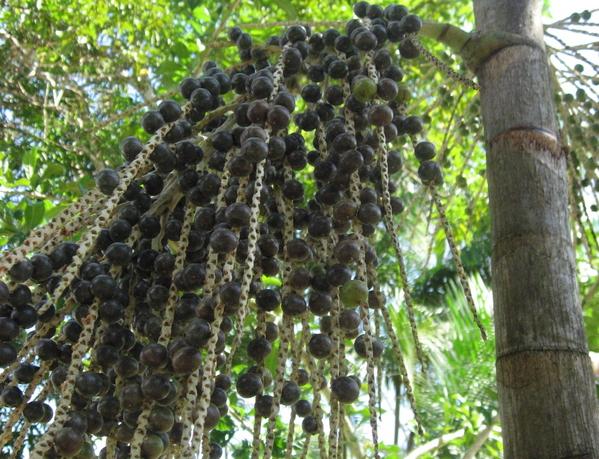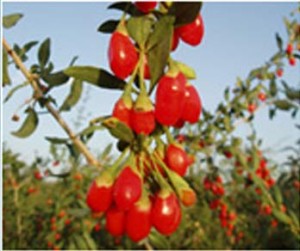Lately, it seems like we’re hearing so much about Goji and Acai. You may know that these berries are served in juices, ice cream, trail mixes, and are highly sought after by health aficionados. But what makes them so unique?
Acai
Acai berries (pronounced ah-sigh-ee) have a light chocolate aftertaste and are similar to sour fruits like raspberries or cranberries.
Grown in Brazil on acai palm trees in the Amazon rain forest, these berries have a dark purple color and are about the size of a grape. Since they are extremely rich in nutrients, Natives have made this berry a major part of their diet for hundreds of years. Since these berries are highly perishable, spoiling within a few hours after harvest, they are most commonly found in powder form here in the U.S. added to protein shakes, ice cream, and supplement powders. Acai’s health benefits include:
• Promote weight loss
• Boost energy & stamina
• Support the immune system
• Promote more restful sleep
• Fight aging and inflammation
• Protect against heart disease
• Increase libido
Goji
Goji berries (aka wolfberries) grow on evergreen shrubs in China, Mongolia, and the Himalayas in Tibet. Used by herbalists for over 6,000 years, these berries are usually sold dried and look like red raisins. Primarily and most effectively ingested as a juice, they are also added to trail mixes. These mild and tangy fruits have the following health claims:
• improving eyesight
• enhancing sexual function and fertility
• boosting immune function
• improving circulation
• have more antioxidants than any fruit in the world, even the acai
Recap
A somewhat superficial but helpful distinction to keep these berries straight in your mind is to think of goji more as a tangy fruit that can be eaten as a raisin or imbibed as fruit juice while acai is more of a dessert berry with chocolate undertones mixed as a powder into either protein shakes or ice cream.
By Steve Mirsky, Gastrotraveling.com













